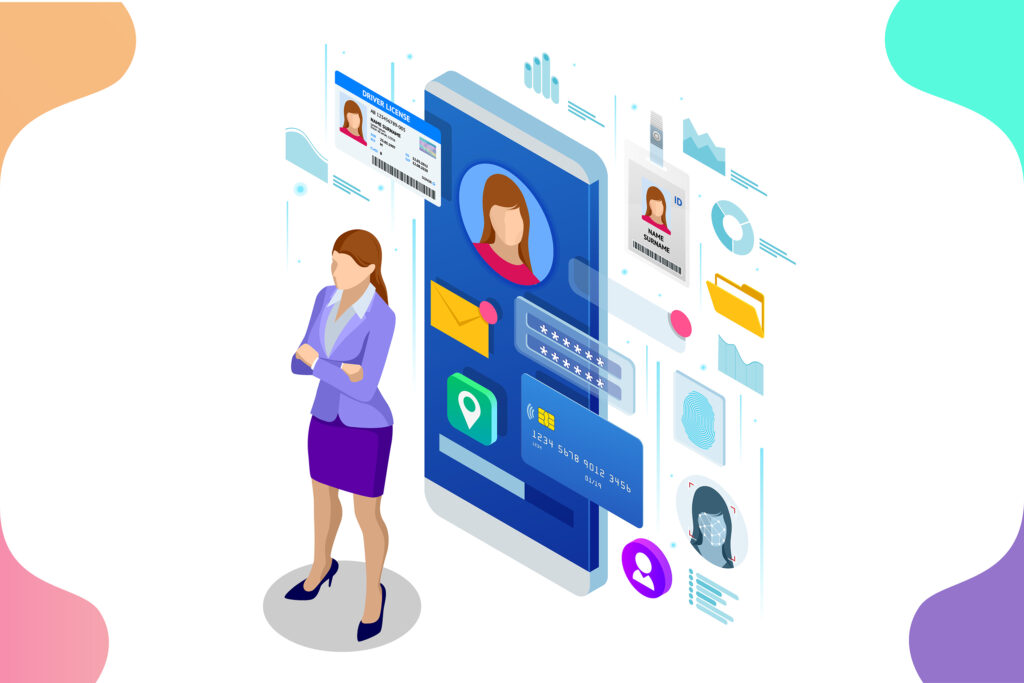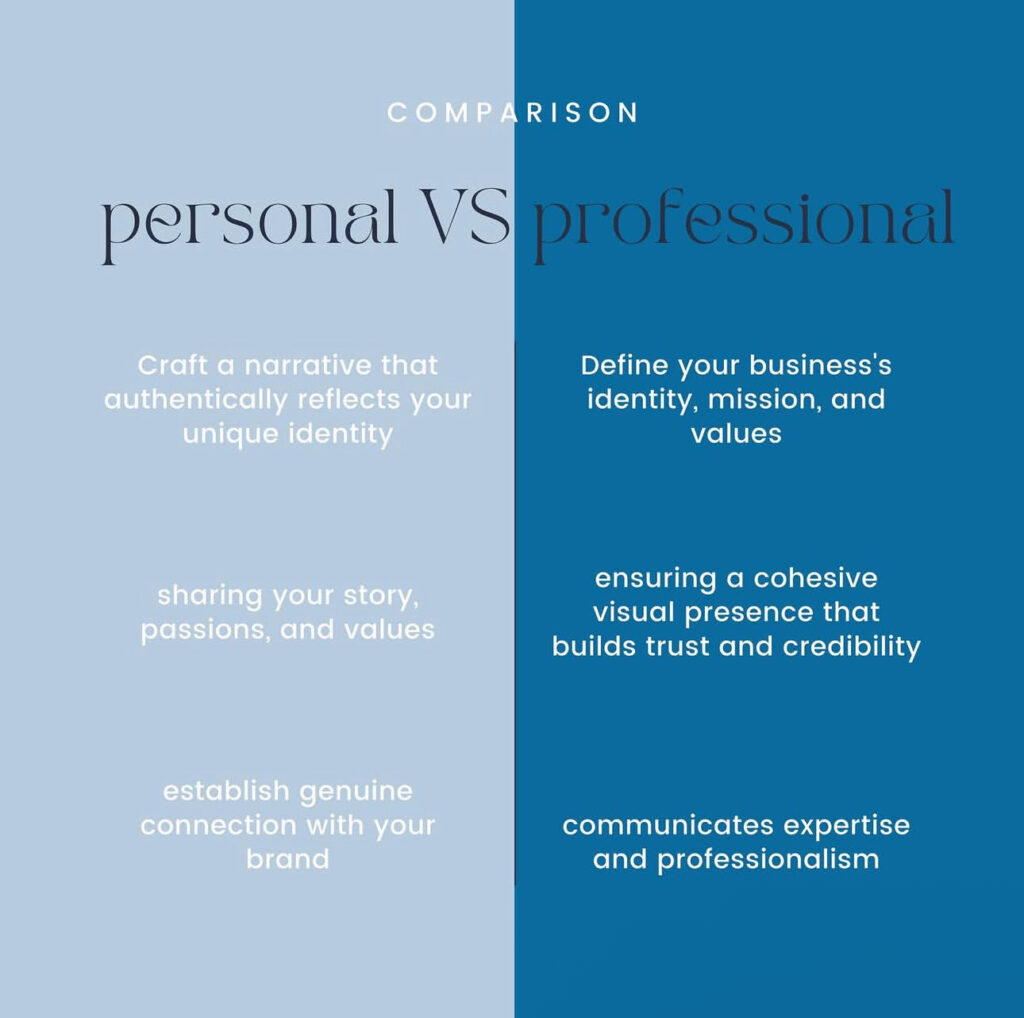
Why Digital Identity Matters
In today’s world, so much of life happens online whether it’s applying for jobs or keeping up with friends which means our digital identity often becomes the first thing people see. But I’ve realized there’s more than one version of “me” on the internet. There’s the personal me, where I post vacation pics, memes, and random thoughts, and the professional me, where I share academic achievements, career goals, and things I want future employers or colleagues to see.
This week’s module on digital identity, visitor and resident maps, and digital footprints really made me reflect on how I present myself online in different spaces. I’m not just scrolling through content anymore I’m actively creating it. And every post, comment, or shared link leaves a trail that could impact how others see me, both personally and professionally.
What Is Digital Identity?
Your digital identity is basically how other people see you online it’s the version of you that shows up through your social media, LinkedIn profile, gaming accounts, or anything you post or create on the internet. White and Le Cornu’s (2011) visitor vs. resident idea helped me understand that not everyone uses the internet the same way. Some people just pop in when they need something, while others are always online, building a visible presence.
No matter which one you relate to more, your online identity still matters especially when it comes to balancing who you are personally with how you want to appear professionally.
Personal vs. Professional
Personal Digital Identity
- Includes content on Instagram, TikTok, Snapchat
- Shows your hobbies, personality, opinions, and social life
- Often informal and meant for personal expression or connection
Professional Digital Identity
- Showcased on platforms like LinkedIn, Google Scholar, or online portfolios
- Includes resumes, certifications, work projects, and blog posts
- Intentional and aligned with career goals
Why Is It Important to Keep These Separate?
The line between our personal and professional lives online can get pretty blurry and that can cause problems. If someone sees something out of context, like a funny meme or a casual post meant for friends, it might be misunderstood by a future employer or coworker. Social media has become a go to place for people to check us out, so what we share really matters.
That’s why I try to keep my personal and professional identities separate online. It gives me the freedom to be myself with friends while still presenting a polished and respectful image in professional settings. An article from the Harvard Business Review titled “How to Separate the Personal and Professional on Social Media” explains this really well. It talks about how mixing both identities can lead to misunderstandings or even damage your professional reputation. The article also offers helpful tips on setting boundaries online, like adjusting privacy settings and being mindful about the tone of your content.
Keeping things separate helps protect my reputation and opens the door to more future opportunities, both personally and professionally.

Privacy and Surveillance
Managing my online presence isn’t just about appearances it’s about protecting my privacy. Every post, comment, or like adds to my digital footprint, and platforms often track more than I realize. Surveillance isn’t just from the government also apps and websites constantly collect and store data. That’s why I try to separate my personal and professional spaces and stay mindful of what I share. It gives me more control over who sees what and helps protect the parts of my life I want to keep private.
Tips to Stay Safe and Private Online:
- Use strong, unique passwords and two-factor authentication
- Adjust your privacy settings on all social media platforms
- Avoid sharing personal info publicly
- Think before you post – would you want a future boss to see it?
- Regularly search your name online to see what’s out there
- Be cautious with third party apps that request access to your accounts
Digital Visitor and Resident Map
| Platform | Personal/Professional | Visitor/Resident | Description of Use |
|---|---|---|---|
| Personal | Resident | Regularly post stories and interact with friends; personal identity is visible. | |
| TikTok | Personal | Resident | Watch and create content; actively engage with trends and others. |
| Snapchat | Personal | Resident | Daily messaging with friends; identity-based use. |
| Professional | Resident | Maintains a profile, connects with peers/instructors, and shares academic milestones. | |
| Microsoft Teams | Professional | Visitor | Uses for classes or group work but doesn’t leave much personal trace. |
| Zoom | Professional | Visitor | Uses for class or meetings but doesn’t build identity there. |
Conclusion
Figuring out how to balance my personal and professional sides online has become really important to me. It lets me be myself with friends but also keep a good image for jobs or future opportunities. I try to be careful about what I post and protect my privacy so I can control how people see me. Managing my digital identity this way helps me show the real me both in my personal life and professional world and that feels pretty empowering.
Leave a Reply